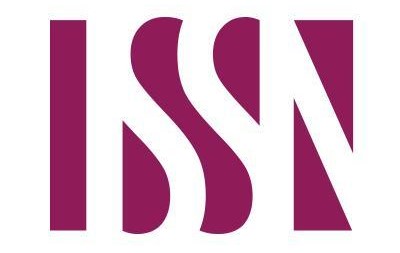Effect of aquatic training on developing some physical and non-oxygen capabilities and the skill of smashing volleyball
Main Article Content
Abstract
This research aimed to identify the effect of an aquatic training program on developing certain physical and anaerobic abilities in volleyball players. The researchers employed an experimental approach using a single-group design, with a sample of 12 players. The training program consisted of 24 training units. The researchers concluded that the aquatic training program was effective in improving certain physical and functional variables related to the volleyball spike. They also recommended using aquatic training to develop physical and functional abilities, as well as to enhance the performance level of the volleyball spike.
Article Details

This work is licensed under a Creative Commons Attribution-NonCommercial 4.0 International License.
References
Abdel Fattah, A. A.-A. A. (2000). Sports Training: Physiological Foundations (1st ed, p. 133). Dar Al-Fikr Al-Arabi.
Abdul Hamid, Q., Majeed, M., & Khairallah, M. (2020). The effect of using direct play exercises on the accuracy of the skill performance of spike in volleyball for juniors. Journal of Studies and Researches of Sport Education, 30(1), 90–103.
Abdullah, A. M. (2009). The effect of different interval training methods on a number of functional variables and performance in the 400m race [Unpublished doctoral dissertation]. University of Mosul.
Ahmed, M. M., & Asal, F. H. (2024). The effect of competitive exercises using a pressing style of play on developing the speed of complex skill performance in young soccer players. Anbar University Journal of Physical and Sports Sciences, 15(29), 180–188. https://doi.org/10.37655/uaspesj.2024.151477.1164
Al Hamou, F. H. M. (2005). The effect of using the training network with the interval training method on developing some functional, physical and skill variables for young female football players [Mosul, Master’s thesis].
Al-Hakim, A. (2004). Tests, Measurements, and Statistics in the Field of Sports. Al-Tayf Printing House.
Al-Jumaili, S. H. (2004). Volleyball: Education, Training and Refereeing (1st ed, p. 65). Publications of the University of the Seventh of April.
Al-Khazraji, A. H. R. (2002). The effect of using circuit training and station training methods in developing speed-strength and some basic handball skills for ages 15-17 years [PhD thesis]. University of Baghdad.
Arabi, S. M., & Al-Dhamiri, H. H. (2014). The effect of water exercises on some physical and physiological variables and blood sugar levels in women with type 2 diabetes in Jordan. Dirasat Educational Sciences, 41(1), 162–172. https://doi.org/10.12816/0007827
Madhkour, F. K., & Al-Shaghati, A. F. (2008). Modern Trends in Endurance-Strength-Strength-Cooling Training (p. 102). Dar Al-Kutub Wal-Watha’iq.
Mahmoud, H. M. A. (2004). The effect of developing anaerobic endurance on some physical and physiological variables and the numerical level of 1500m racers [PhD thesis]. Suez Canal University.
Mashkoor, N., Qusay, A., & Lewis, W. (2019). Effect of exercises using rubber ropes and water on some types of strength and completion of the effectiveness of discus. Journal of Studies and Researches of Sport Education, 61. https://www.iasj.net/iasj/article/196042
Sharaf, M. I. (2001). The effect of a proposed training program using water resistance on the skill performance level of karate players [Master’s thesis]. Helwan University





 IASJ
IASJ CC-BY-4.0
CC-BY-4.0 turnitin
turnitin ISSN
ISSN DOAJ
DOAJ Crossref
Crossref GoogleScholar
GoogleScholar Orcid
Orcid